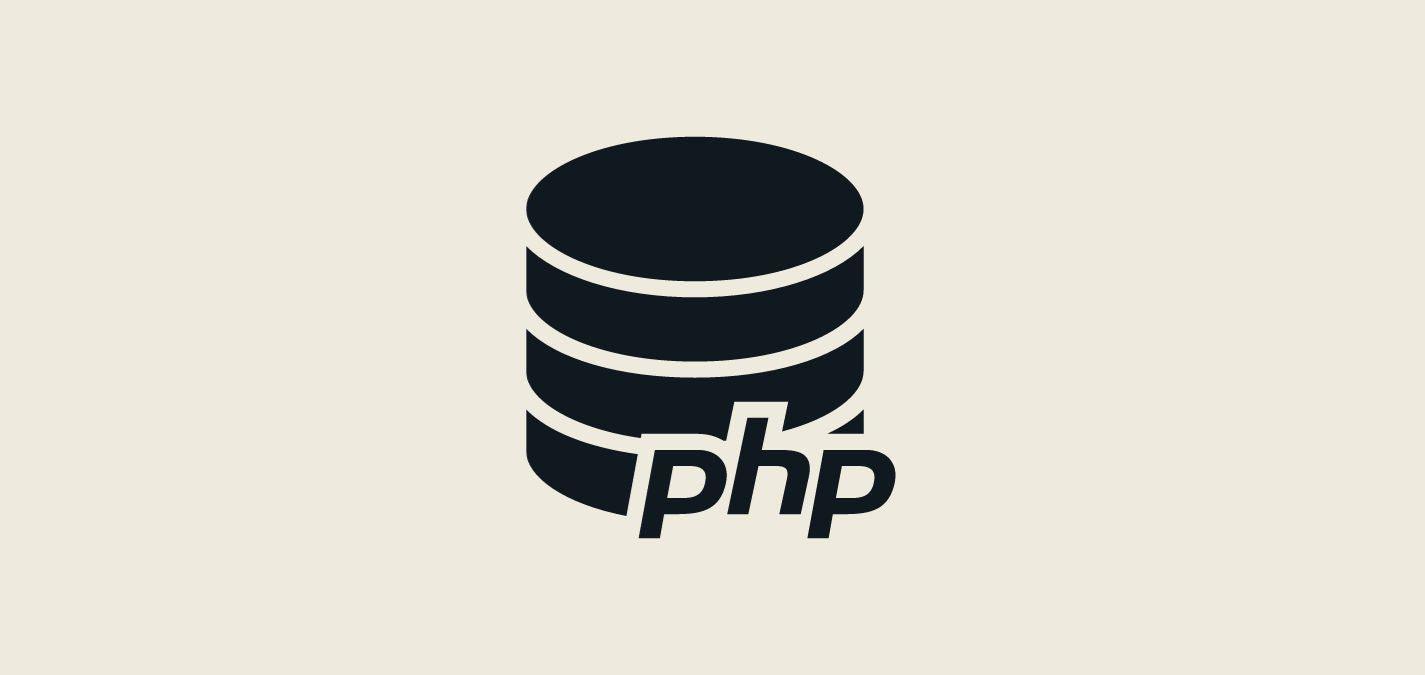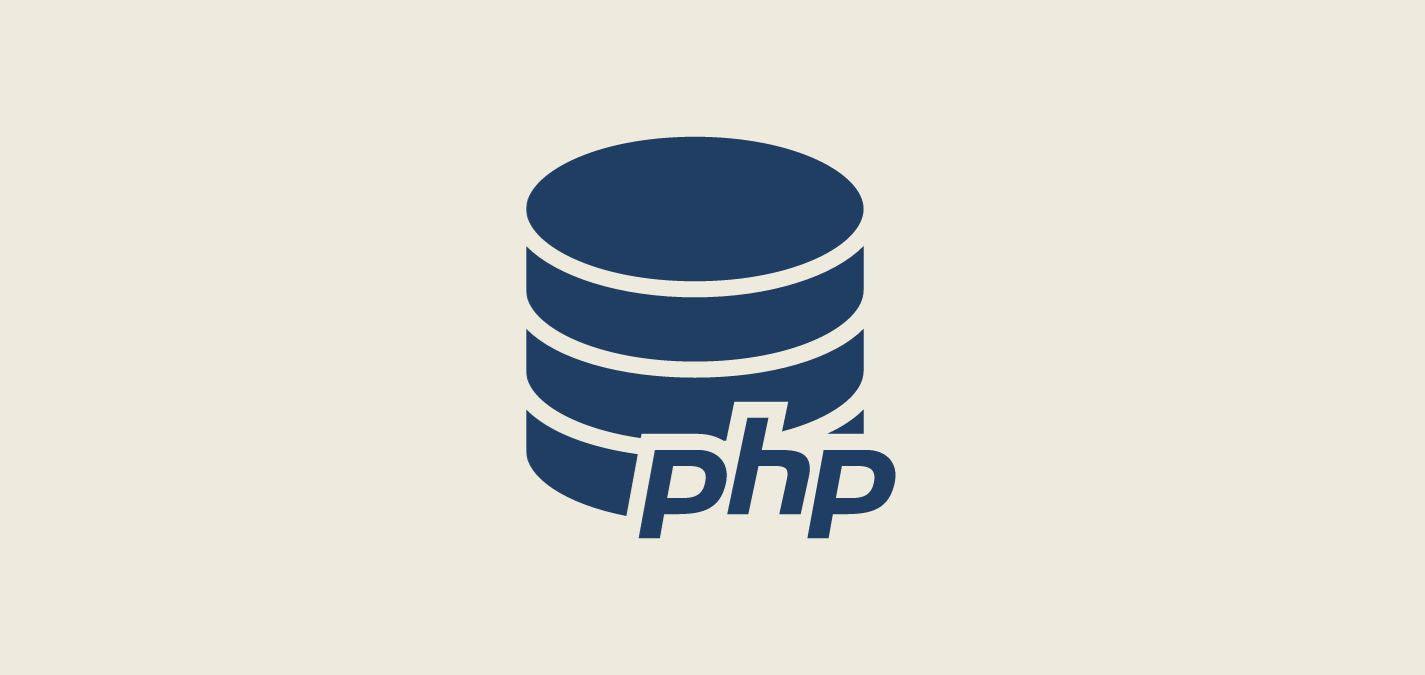PHP frameworks have ushered in a renaissance in web development. These tools encapsulate best practices, provide pre-built modules, and greatly simplify the task of building robust, scalable web applications. For beginners and seasoned developers alike, understanding and leveraging the right framework can significantly reduce the time and effort required to bring a project from concept to production.
Why Frameworks Matter
Frameworks are more than just tools; they're a manifestation of the collective wisdom of the developer community. They encapsulate common tasks, ensure better security practices, and can dramatically speed up the development process. This means less "reinventing the wheel" and more of focusing on unique application logic.
Decoding the Buzz Around PHP Frameworks
The world of PHP frameworks is as vibrant as it's expansive. With a plethora of options available, it's not uncommon for developers, both novice and experienced, to find themselves caught in a swirl of questions. Let's break down some of these burning queries and dive deeper into the titans of PHP frameworks: Laravel, Symfony, and CodeIgniter.
1. Setting Foot in Framework Territory: Laravel and Symfony Newcomers often find themselves pondering where to start. While there's no one-size-fits-all answer, understanding the strengths of popular frameworks like Laravel and Symfony can guide the decision-making process.
Example: Consider a developer, Alex, looking to build an e-commerce site. While both frameworks can get the job done, Laravel, with its out-of-the-box support for user authentication and its elegant ORM, Eloquent, might streamline the development process. Conversely, if Alex is developing a set of reusable components for multiple projects, Symfony's component-based architecture would shine.
2. The Evergreen Debate: Laravel vs. Symfony vs. CodeIgniter Like Coke vs. Pepsi, this debate has its share of loyalists. However, it's less about which is universally "better" and more about which fits a particular need.
Example: Let's take Lisa, a developer tasked with building a lightweight content management system. She might lean towards CodeIgniter due to its emphasis on performance and smaller footprint. On the other hand, if Lisa's project requires extensive third-party integrations and modularity, Symfony might be her framework of choice. And for applications demanding rapid development with expressive syntax? Laravel is a hard contender to beat.
3. Hunting for the Ideal PHP MVC Framework Model-View-Controller (MVC) is a design pattern that separates application logic into three interconnected elements. Many PHP frameworks adopt this pattern, and developers often look for the one that best suits their specific requirements.
Example: Mark, a developer, wants to create a real-time chat application. He might gravitate towards Laravel, given its robust ecosystem that includes tools like Echo for real-time broadcasting.
Laravel in Depth: The Art of Elegance Beyond its popularity, Laravel has carved a niche for its expressive and elegant syntax. Its ORM, Eloquent, for instance, abstracts database interactions in an intuitive way. Imagine wanting to retrieve all users from a database. With Eloquent, it's as straightforward as:
$users = App\Models\User::all();Moreover, tools like Horizon for job monitoring, Nova for administration panel setups, and Forge for server management further extend Laravel's prowess.
Symfony: The Modular Maestro Symfony is the poster child for modular design in the PHP framework realm. Its components, like the Mailer or the HTTPClient, can be plucked out and used independently. This flexibility allows developers to use just what they need, optimizing performance.
Example: Imagine needing a robust mailing system for your project. Instead of adopting the entirety of Symfony, you could leverage its Mailer component, ensuring emails are dispatched efficiently.
CodeIgniter: The Lightweight Powerhouse For developers who value a small footprint without compromising on power, CodeIgniter stands tall. Its simplicity is evident right from installation. In fact, deploying a "Hello World" application is incredibly straightforward:
echo "Hello, World!";This ease of setup, combined with robust libraries, makes it a prime choice for rapid application development.
In essence, the world of PHP frameworks is rich and varied. While debates will persist, the key is to align framework capabilities with project requirements. Whether it's the elegance of Laravel, the modularity of Symfony, or the simplicity of CodeIgniter, there's a tool for every job in the PHP toolbox.
Community Strength
A huge part of a framework's success is its community. With active communities, like those surrounding Laravel and Symfony, developers can find resources, ask questions, and get solutions more efficiently. Remember, a vibrant community often indicates a well-maintained and updated framework.
Demystifying Framework Performance Metrics
In the realm of web development, it's often said, "Performance is not just a feature. It's the feature." PHP frameworks are no exception to this rule. The choice of a framework can significantly impact the speed, efficiency, and overall user experience of a web application. As developers, it's crucial to know how our chosen tools perform under varying conditions. Let's dive into this critical aspect of PHP frameworks: their performance metrics.
1. Under the Microscope: Large Data Volumes A common scenario in today's data-driven world is the need to process vast amounts of information swiftly. How each framework interacts with databases, caches data, and manages memory can determine the speed and fluidity of data-driven operations.
Example: Consider an e-commerce platform that houses millions of product listings. A query to fetch products based on user preferences should be swift and seamless. Laravel, with its Eloquent ORM, may have an edge due to its optimized database interactions. On the other hand, Symfony, with its Doctrine ORM, brings in caching techniques that could speed up repetitive queries.
2. Bracing for Traffic Surges Another critical metric is the framework's ability to gracefully handle sudden surges in traffic. This could be due to a viral marketing campaign, a product launch, or even seasonal spikes.
Example: Imagine a ticket booking website experiencing a sudden rush during a flash sale. The chosen PHP framework should not just prevent the site from crashing but also ensure transactions are processed without hitches. CodeIgniter, known for its lightweight nature, might shine here, given its ability to handle requests efficiently without consuming vast server resources.
3. MVC's Influence on Performance While the Model-View-Controller (MVC) design pattern establishes a blueprint for application development, each framework's interpretation can influence performance outcomes. The way data flows between the model, view, and controller components, the in-built optimization mechanisms, and even the ease of integration with content delivery networks (CDNs) can play pivotal roles.
Example: Let's consider a content-rich website, heavy on multimedia elements. The framework's MVC implementation could determine how swiftly content gets rendered to the user. Integrating a CDN might further boost delivery speeds. Symfony, with its modular components, provides flexibility in crafting optimized data flow paths, potentially enhancing content delivery speeds.
In conclusion, while every PHP framework boasts of its virtues, a closer examination of their performance metrics is enlightening. It's not just about how fast a framework can run, but how gracefully it can handle challenges thrown its way. For a deeper dive into the intricacies of PHP and its frameworks, explore our Ultimate Guide to PHP. There, you'll discover insights that will empower your next web development venture.
Extensions and The Ecosystem: Augmenting Framework Capabilities
When it comes to PHP frameworks, the heart of their power often lies beyond the core. The ecosystems that surround frameworks, teeming with extensions, plugins, and libraries, can exponentially enhance their utility. These additional components not only streamline the development process but also present opportunities to incorporate advanced features effortlessly. Let's delve deeper into this fascinating aspect of Laravel and Symfony's extensive ecosystems.
1. Laravel's Treasure Trove of Extensions At the heart of Laravel's popularity is its rich set of extensions. Whether you're aiming to integrate payment gateways, establish real-time data feeds, or even integrate machine learning capabilities, there's likely a Laravel package out there for you.
Example: The Laravel Cashier package provides an expressive, fluent interface to Stripe's and Paddle's subscription billing services. This means, with just a few lines of code, a developer can set up a subscription-based model for their web application, complete with intricate billing features like applying coupons and generating invoices.
2. Symfony's Vibrant Plugin Playground Symfony, while a heavyweight in its own right, takes versatility to the next level with its extensive range of plugins. Each plugin is designed to seamlessly integrate with the core framework, allowing developers to piecemeal additional functionalities as and when required.
Example: The Symfony Mailer component is a game-changer for developers looking to manage emails. Whether you're sending out transactional emails, newsletters, or notifications, this component can integrate with multiple mail transport systems, ensuring your emails not only reach their destination but also look good doing it.
3. The Wider PHP Ecosystem and Shared Libraries It's worth noting that the PHP community at large has contributed to a vast reservoir of shared libraries and tools that are framework-agnostic. Both Laravel and Symfony, being pillars of this community, can leverage these resources, further broadening their horizons.
Example: Imagine a need to generate PDFs on-the-fly, irrespective of the framework in use. Libraries like TCPDF or FPDF come to the rescue, allowing developers to craft and manipulate PDFs directly from their PHP codebase.
In essence, while the core functionalities of frameworks like Laravel and Symfony are robust and comprehensive, their respective ecosystems amplify their power manifold. By harnessing these auxiliary tools, developers can craft feature-rich applications with reduced effort and time. If you're keen on a broader understanding of these frameworks and how they mesh with the expansive PHP world, do take a moment to peruse our Ultimate Guide to PHP. It's brimming with insights that could elevate your next project to unprecedented heights.
Learning and Growth
While CodeIgniter is celebrated for its simplicity, how does it square off against Laravel or Symfony in terms of a learning curve? For those looking to broaden their horizons, it's worth exploring our comprehensive Guide to SQL and NoSQL, as database knowledge complements framework expertise seamlessly.
Conclusion
In conclusion, PHP frameworks are a boon to web developers, simplifying tasks and ensuring best practices. As you embark on your web development journey, invest time in understanding the nuances of each framework, aligning them with your project needs, and leveraging the extensive resources available at Coder Champ. Dive in, and happy coding!




